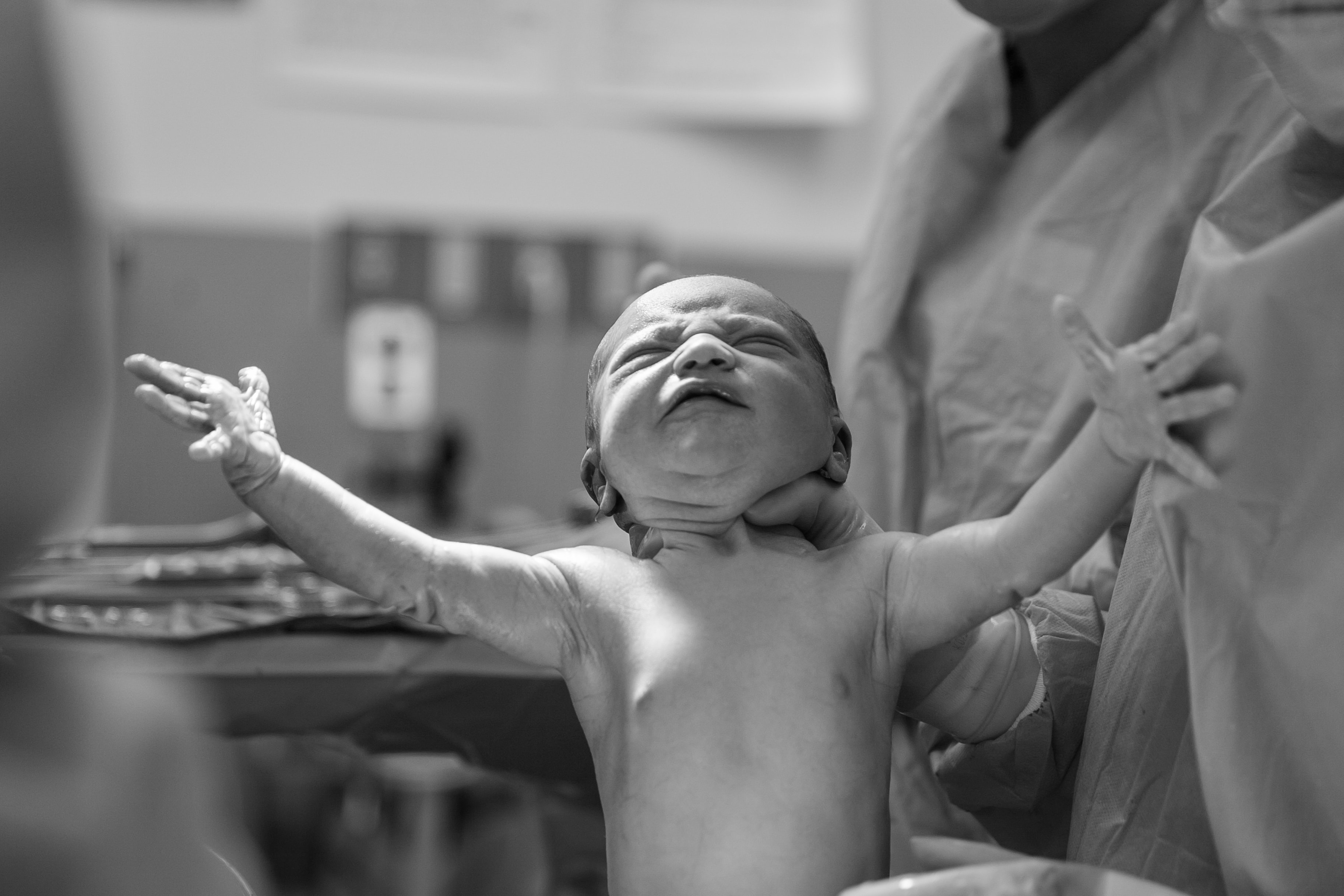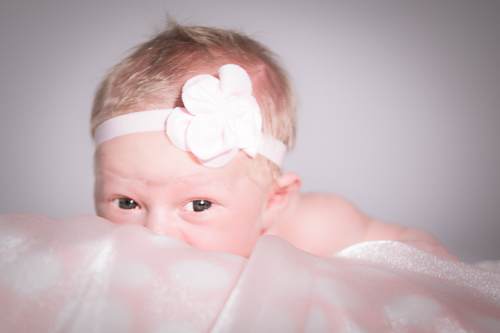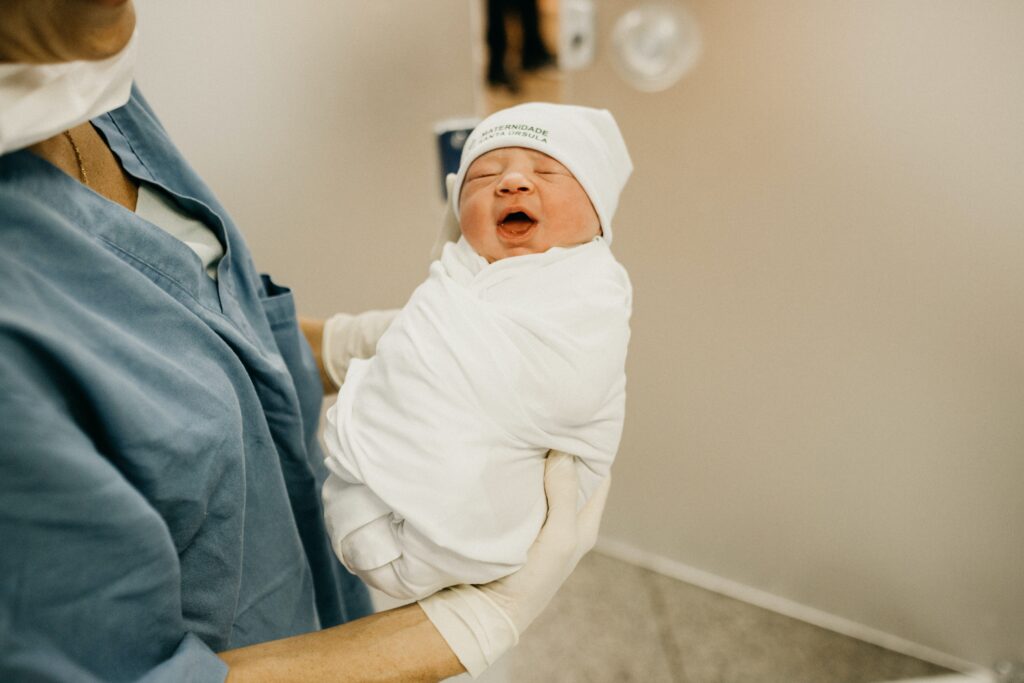Mother-Infant Separation: Is it Healthy?

At the turn of the 20th century mothers began delivering in hospitals, however the anesthetic used made it unsafe for the mother to care for her infant, so newborns were cared for in newborn nurseries, and the practice of separating mothers and infants began; this practice has been found to interrupt the normal bonding processes and breastfeeding (Csaszar-Nagy & Bokkon, 2018).
Photo Credit: Alex Hockett https://unsplash.com/photos/GiP2H_SKh7E

In the 1960’s, mothers sought modifications to birth and recovery practices; eventually, under new direction from entities such as the Joint Commission (JC) and UNICEF’s Baby Friendly Hospital Initiative (BFHI), hospitals began to offer 24 hour rooming-in, abandoning newborn nurseries (Martell, 2000; The Joint Commission [JC], n.d.; Baby Friendly USA [BFUSA], n.d.). Additionally, the JC and BFHI established best practices to promote breastfeeding and bonding and discourage unnecessary infant separation, starting after delivery and continued through the postpartum period (JC, n.d.); (BFUSA, n.d.).
Photo Credit: Kimberly Kohlieber www.kimberlykohlieber.com

Despite evidence that rooming-in is best for maternal-infant bonding and successful breastfeeding, nurses acknowledge difficulty in embracing the practice, citing concerns for infant safety, and mothers’ requests to be separated from their infants, claiming exhaustion or lack of interest (Koopman, Callaghan-Koru, Alaofin, Argani, & Farzin, 2016; Lowin, 2016).
Photo Credit: Jonathan Borba https://unsplash.com/photos/w-RTffXK9tM